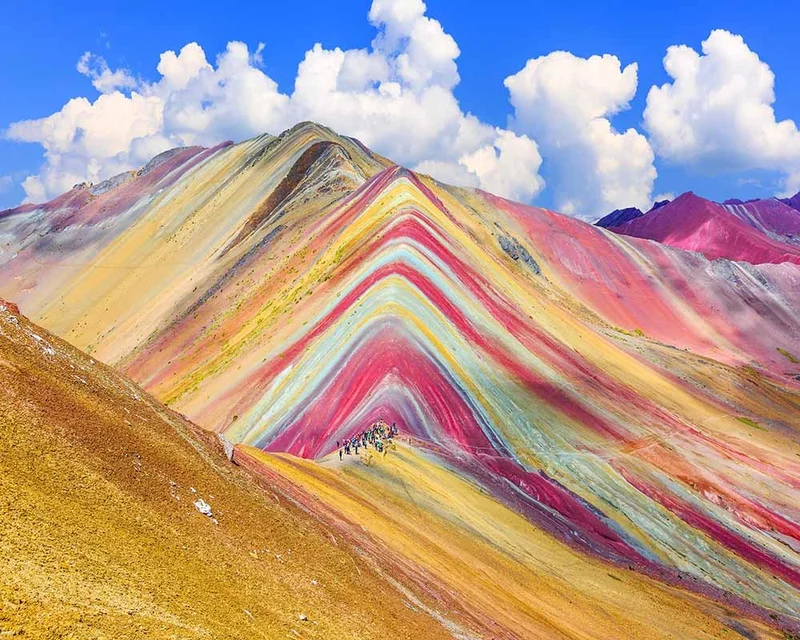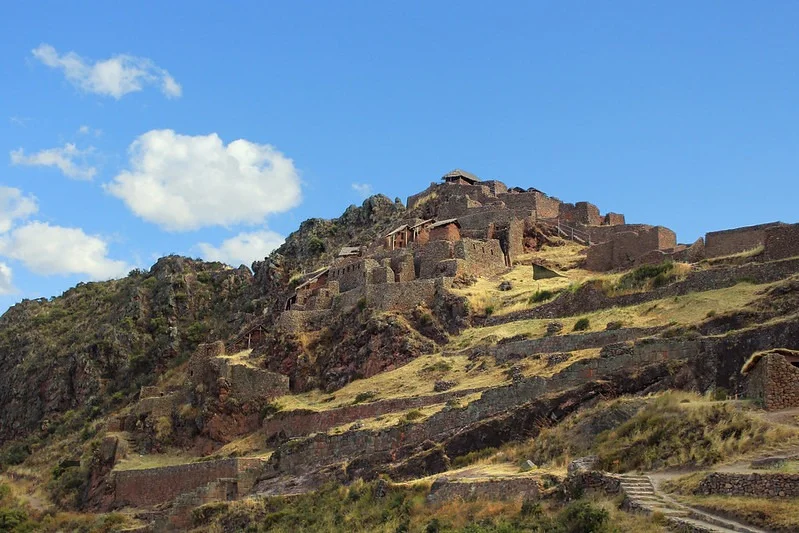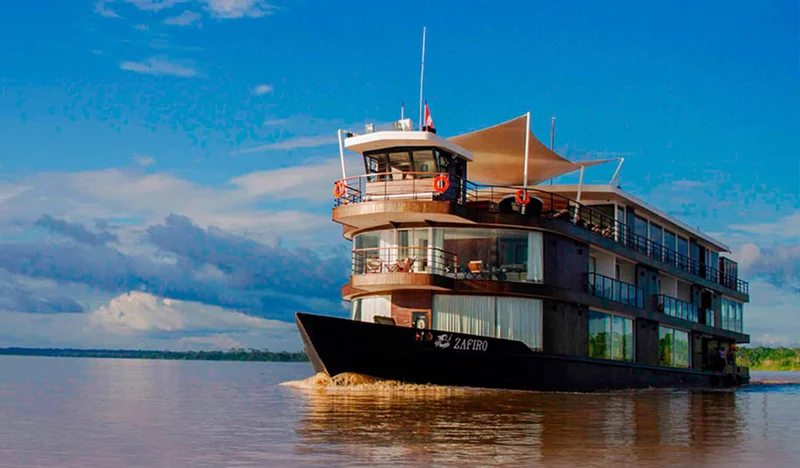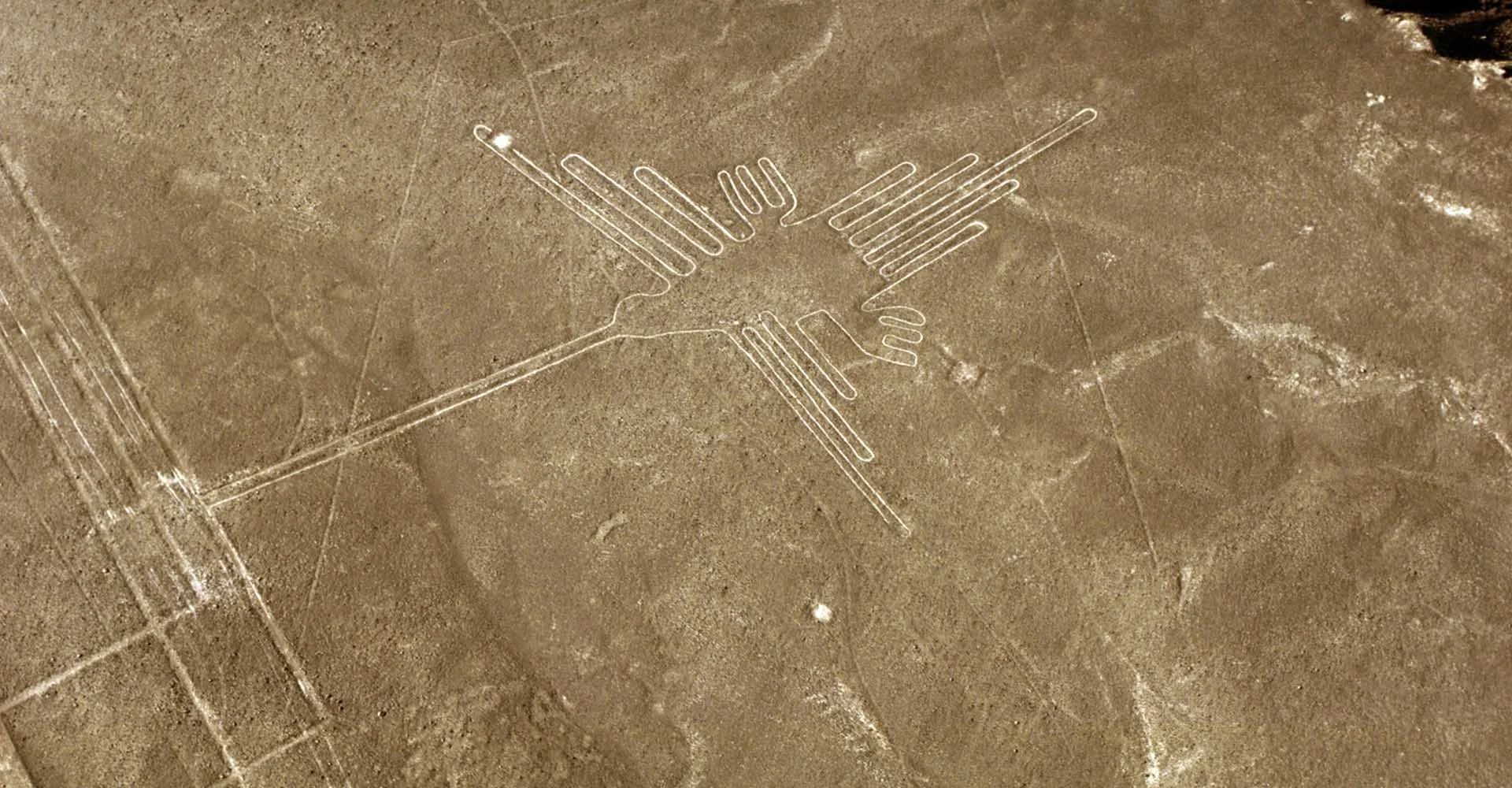
Nazca tours and Information
Named for a culture that flourished in the area between 100 BC and 800 AD, Nazca, Peru is a city and system of valleys on the southern coast of Peru. It’s most widely known for its famous Nazca Lines but also has some incredible artifacts and ruins worth visiting.
Nazca Lines
In particular, you don’t want to miss the Nazca Lines, which are a series of large geoglyphs inscribed in 385 square miles of desert. Created by pre-Incans, the lines are best viewed from the air or from the hillsides.
Many of the drawings are plants and animals, and researchers have recently discovered that some of the birds depicted in the drawings aren’t found anywhere near Nazca like a hermit, which is a forest species of bird that looks like a hummingbird. In fact, many of the bird drawings are of exotic birds.
You’ll also see a spider, a whale, a dog, and what is thought to be a scene of beheading, which may have been a custom that the Nazca people had, as they collected trophy heads and research indicates that those heads aren’t from outsiders but from the same people they are buried with.
Other Nazca Sites 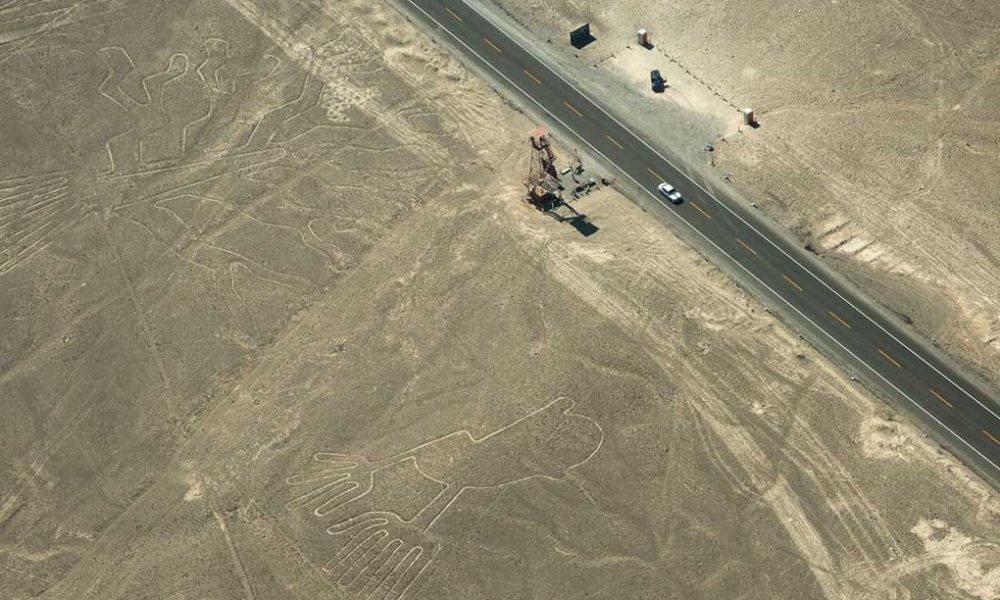
If you aren’t able to see the lines by airplane, you can always visit the Nazca Lines Observation Tower, which will provide views of a handful of the roughly 300 Nazca drawings.
But don’t stop with the Nazca Lines even though they are the most well-known! There’s also Cachuaci, which is a Nazca pilgrimage site covering 370 acres, and the Chaucilla Cemetery, originally plundered by grave robbers but slowly pieced back together.
What’s unique about the cemetery is that some of the corpses still have their hair and skin even though they died over 1,200 years ago. This is due to the dry climate of the Peruvian desert as well as the ancient burial practices.
Nazca Museums 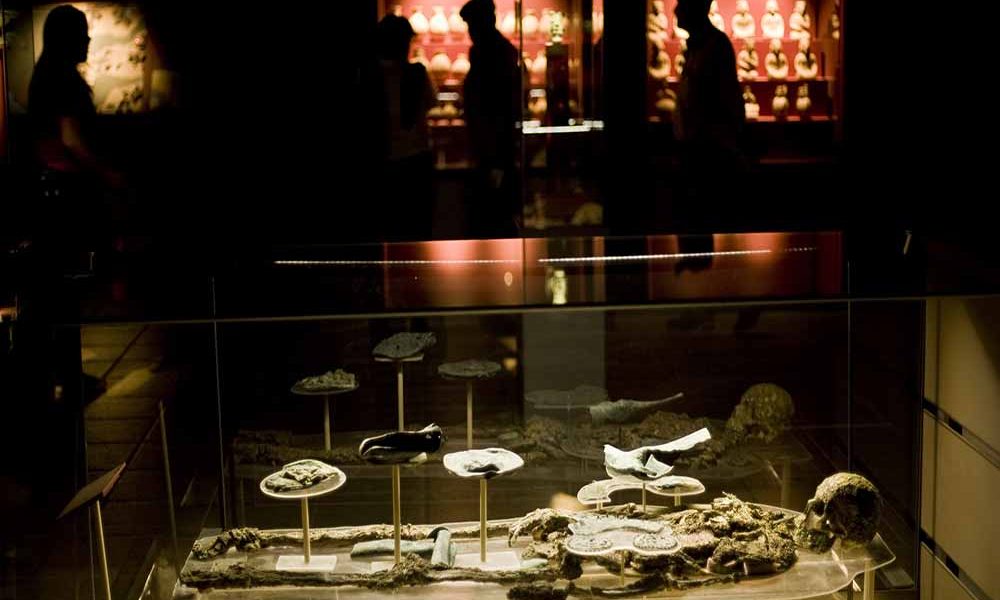
If you’re into museums, the Museo Antonini features art and artifacts from the ancient Nazca civilization, so you can learn more about the people behind the mysterious Nazca Lines.
The Maria Reiche Museum is dedicated to the German woman who studied the significance of the Nazca Lines. Although she was trained as a mathematician and a scientist, she is now more well-known for her work as an archaeologist.
Reiche and her colleague Professor Paul Kosok were the first European and North American scientists to study the Nazca Lines, and Reiche convinced the Peruvian Air Force to fly her above the lines so that she could get an aerial view. Due in part to Reiche and Kosok’s work, the Nazca Lines have been named a UNESCO World Heritage site.
Paredones (Inca Empire) 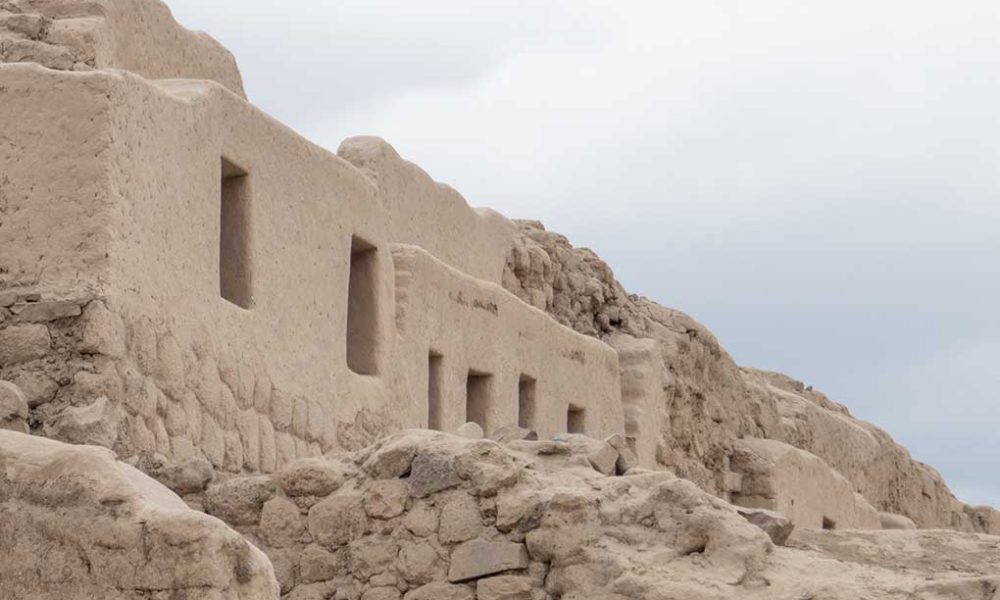
Although you’re likely interested in Nazca because you want to see the lines and learn more about the Nazca civilization, don’t miss the opportunity to visit the Paredones (the Walls), which give you a great glimpse into the Inca Empire.
Certainly the Paredones are a small site in comparison to Machu Picchu, but you’ll get an insider glimpse into an Inca administrative center built in the 1400s. The ruins are just thick walls built atop a series of terraces, but you’ll gain an understanding of the highly organized and expansive Inca Empire and its ability to control transportation and cities and towns even as it grew larger.
Cerro Blanco 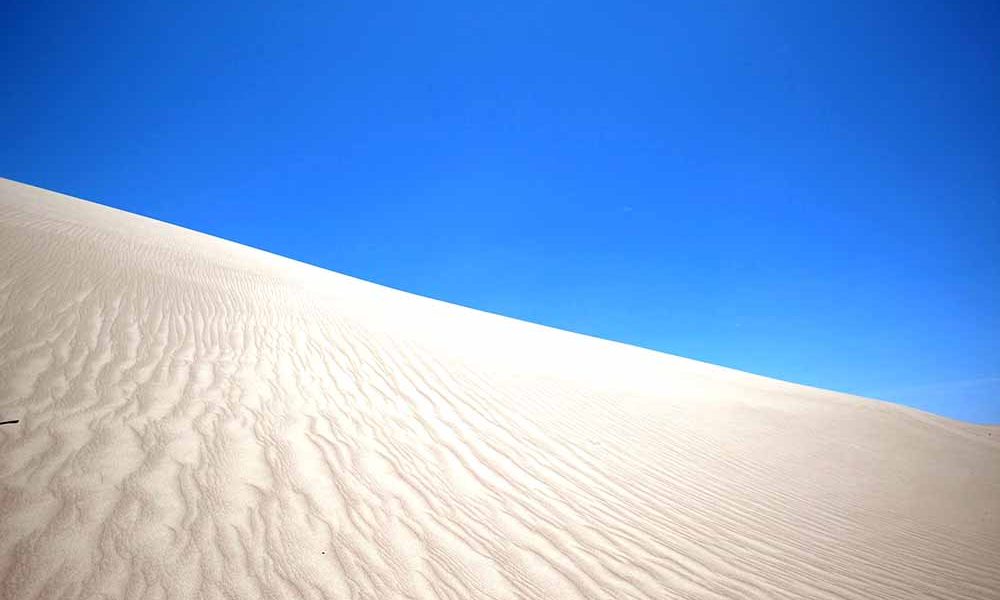
Finally, you don’t want to miss Cerro Blanco (White Hill), also known as Duna Grande (Large Dune), southeast of Nazca. It is around 3,860 feet from base to peak, and it is the largest dune in Peru and potentially in the entire world.
Cerro Blanco is taller than the highest mountain in England—the Lake District’s Scafell Pike at 3,209 feet—and has incredible views. At the peak, you can see the entire Nazca Valley and if you’re really lucky (and it’s a clear day), the Pacific Ocean, which is over 50 miles away.
If you’re feeling really adventurous, you can try sandboarding from Cerro Blanco. It will be a long trek up to the top of the dune, as you won’t get any relief from the sun or dry wind, but once you make it up to the top, it’s easy to get down. You’ll have uninterrupted slides of at least 2,600 feet, making the descent last just around four minutes at full speed.
Chech these tours:
